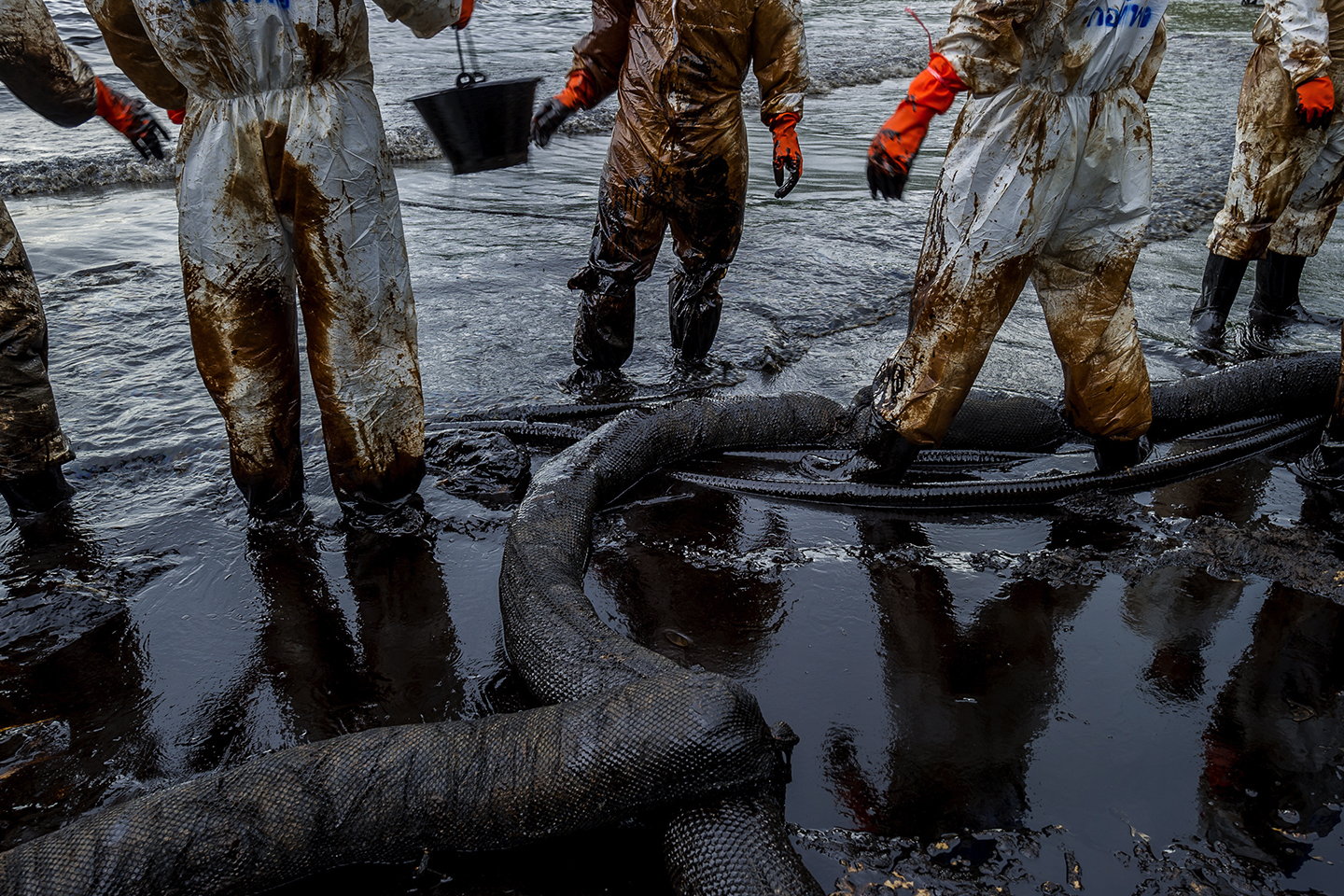PETROLEUM HYDROCARBON REMEDIATION IN PERMAFROST CONDITIONS
Brief
In Canada’s remote Northwest Territories, in the town of Fort Simpson, a historical fuel oil spill of unknown origin on the site of a demolished building required remediation to mitigate risk to the population, surrounding wildlife, and aquatic life in the nearby Mackenzie River. The remote location (an hour flight from the closest city of Yellowknife), the very short summer season, and permafrost conditions, made remediation challenging.
An environmental consultant hired by the property owner characterized the site and determined that the soil at the site was contaminated with petroleum hydrocarbons with concentrations between 17,000mg/kg – 32,000mg/kg. The consultant sub-contracted IRSL to complete the project based on their reputation, preparedness, and experience in remote regions.
Process
To break down the petroleum hydrocarbons in the silty sand, a general contractor excavated 120 m3 of contaminated soil and mixed it with sodium percarbonate under the supervision of IRSL. The cold climate necessitated a reagent that would work effectively at low temperatures. Percarbonate was chosen due to its stability, as well as its non-reactivity with utilities and below-ground infrastructure.
The percarbonate provided an easily transportable form of oxidant that was effective for the destruction of the contaminants. Through careful and vigorous mixing, direct contact with the soil caused this reagent to chemically oxidize the hydrocarbons, resulting in the production of harmless by-products.
Results
The remedial program was executed in one week.
The petroleum hydrocarbons were treated to below the applicable regulatory standards.
View More DetailsReady to get started?
Speak with our engineering team about how our environmental remediation services can help you in your remediation journey and take the next steps to building a better environment and a cleaner community with your project.
I'm ready to Start